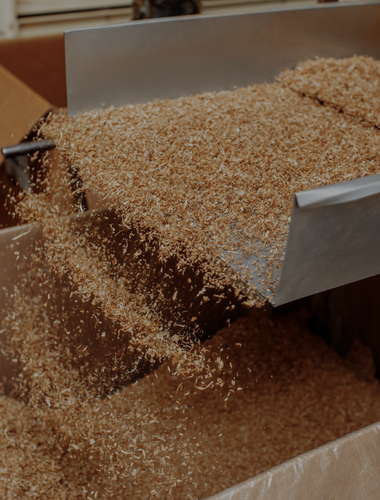How Do Tobacco Taxes Affect Tobacco Prices? Understanding the Impact of Tobacco Taxes and Regulations
Tobacco products have long been the subject of public health concerns due to their associated risks and health consequences. To curb smoking and generate revenue for public health initiatives, governments worldwide impose tobacco taxes and regulations. These policies have a profound impact on the price of tobacco products and play a pivotal role in shaping consumer behavior. In this article, we explore the dynamics of how tobacco taxes affect tobacco prices and the broader implications of such regulations.
Understanding Tobacco Taxes and Regulations
Tobacco taxes and regulations are government-imposed measures that are primarily designed to serve two key objectives:
-
Revenue Generation: One of the primary purposes of tobacco taxes is to generate substantial revenue for governments. The funds collected from these taxes are often earmarked for public health initiatives, education, and other essential services. In many countries, tobacco taxes are considered a vital source of income for the government.
-
Smoking Deterrence: Another critical objective of tobacco taxes is to deter smoking and reduce the prevalence of tobacco use. Higher prices make cigarettes less affordable, particularly for younger and lower-income individuals, which, in turn, can lead to a reduction in smoking rates.
The Price Elasticity of Demand
The relationship between tobacco prices and consumption is governed by the concept of price elasticity of demand. Price elasticity measures how sensitive the quantity demanded of a product is to changes in its price. In the context of tobacco, it means assessing how much cigarette consumption will decrease when prices rise due to higher taxes.
Tobacco products are often considered inelastic, meaning that demand remains relatively stable even when prices increase. However, the degree of elasticity can vary between different segments of the population. While some committed smokers may continue to purchase cigarettes regardless of price increases, many individuals, particularly occasional or price-sensitive smokers, are more likely to reduce or quit smoking when faced with higher costs.
The Impact on Consumers
Tobacco taxes and regulations directly impact consumers in several ways:
-
Higher Prices: As taxes on tobacco products increase, the prices of cigarettes, cigars, and other tobacco items rise, making them less affordable for consumers. This can prompt some individuals to reduce their consumption or quit smoking altogether.
-
Financial Strain: For those who continue to smoke, the increased cost of tobacco can impose a significant financial burden. This can lead to lower disposable income for other essential goods and services, impacting overall quality of life.
-
Public Health: Reducing tobacco consumption is a primary goal of tobacco taxes and regulations. By discouraging smoking, these policies aim to improve public health outcomes, including a reduction in smoking-related diseases and healthcare costs.
The Impact on Government Revenue
Tobacco taxes have proven to be a substantial source of government revenue in many countries. These funds can be directed towards various initiatives, including:
-
Anti-smoking campaigns: Governments can allocate funds to educate the public about the risks of smoking and provide resources for smoking cessation.
-
Healthcare programs: Revenues from tobacco taxes may be used to support healthcare services, especially those related to treating smoking-related illnesses.
-
Education: Investments in education, particularly in schools, can benefit from the proceeds of tobacco taxes.
-
Infrastructure development: Some governments allocate funds to infrastructure projects that benefit the public, such as road improvements or public transportation.
The Balancing Act: Finding the Optimal Tax Rate
Finding the optimal tax rate for tobacco products is a delicate balancing act. While higher taxes can deter smoking and boost government revenue, excessively high taxes may lead to unintended consequences, such as:
-
Illicit trade: Overly high taxes can create incentives for the illicit trade of tobacco products, including counterfeit cigarettes.
-
Reduced economic activity: In regions where tobacco farming is a significant industry, excessively high taxes can harm the livelihoods of tobacco farmers and related businesses.
-
Cross-border shopping: Smokers may travel to neighboring regions or countries with lower taxes to purchase tobacco products, impacting local retailers and tax revenue.
In conclusion, tobacco taxes and regulations have a profound impact on the price of tobacco products, consumer behavior, and government revenue. They serve as a crucial tool in public health efforts to reduce smoking rates and related health risks. Finding the right balance in taxation is essential to achieving these objectives while mitigating unintended consequences. Striking this balance is a complex task that requires policymakers to consider the broader economic and social implications of their decisions.



Comments
Post a Comment